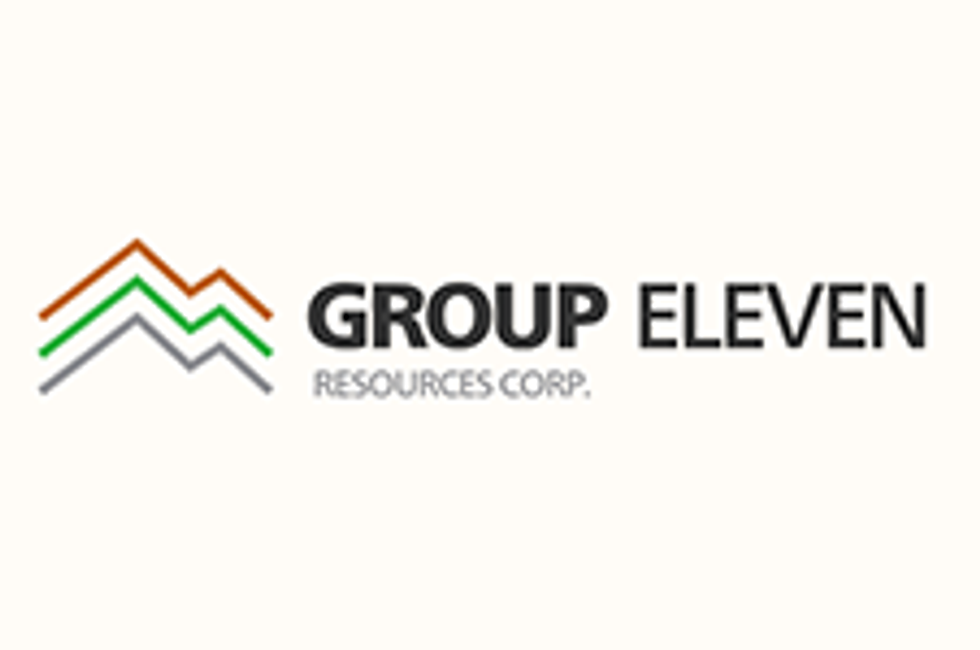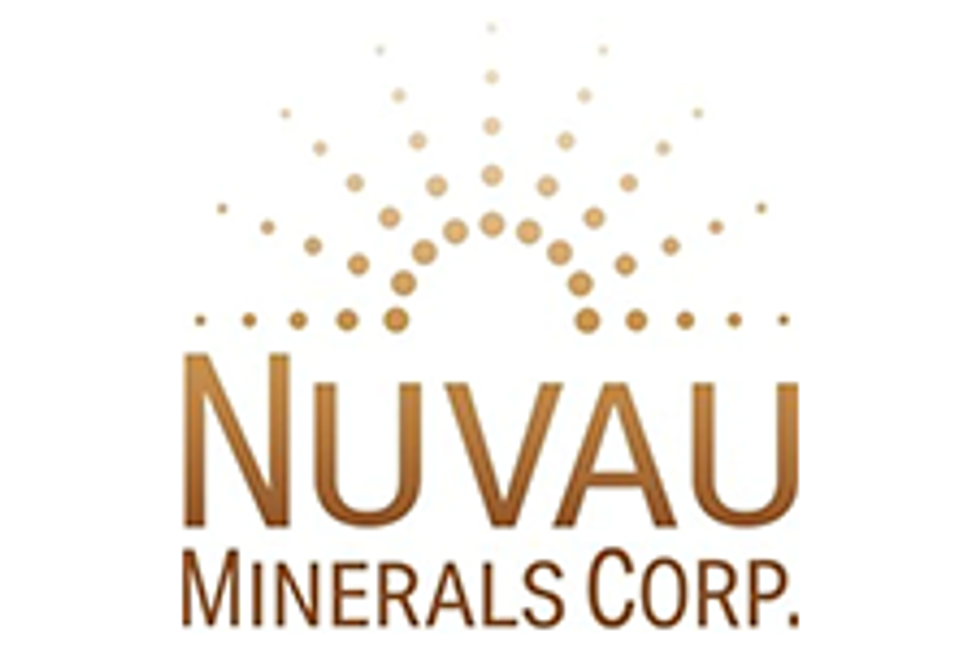Rising zinc prices and processing fees are the first signs of a zinc market supply crunch. While surpluses will remain for sometime, many companies are already preparing for shortages.
By James Wellstead — Exclusive to Zinc Investing News
 As zinc prices have edged forward in 2012, questions are being raised as to whether these gains mark the beginning of a price push that could support zinc mine production over the coming years. With supply shortages projected in coming years, producers are eagerly awaiting price support.
As zinc prices have edged forward in 2012, questions are being raised as to whether these gains mark the beginning of a price push that could support zinc mine production over the coming years. With supply shortages projected in coming years, producers are eagerly awaiting price support.
Recently, zinc prices crested above the $2,100 mark on London Metal Exchange (LME) spot markets, marking a more than 15 percent gain since the beginning of the calendar year. Price per ton stood at US $2,129 midweek, down from over $2,200 at the end of January.
In 2011, mined and refined zinc surplus sat idle in warehouse stockpiles as static demand from Asian, American, and European consumers, coupled with continued output from mines around the world, resulted in zinc prices declining on the year by 25 percent, falling from US $2,500 to $1,800 in October.
According to the International Lead and Zinc Study Group, rising refined zinc surpluses also continued to grow worldwide, with production topping 13.06 million tons for the year as demand lagged behind at 12.7 million tons.
Treatment fees falling
Recent negotiations for zinc treatment fees, which miners pay to the processors who refine their zinc concentrate, are also providing evidence of supply shortages. At this year’s International Zinc Conference in Rancho Mirage, California, processing fees were at declining levels from a number of sources, including a possible deal between Teck Resources (TSX:TCK.B) and Korea Zinc at US $191/tonne, a fall of more than 16 percent from last year.
Falling processing fees occur when shortages of zinc concentrate begin to appear and refiners are forced to compete on prices for miners’ business.
Other offers by refiners were even more aggressive. Glencore International (LSE:GLEN), which accounted for more than 60 percent of zinc trade in 2010, recently agreed to purchase zinc concentrate from Peruvian miner Volcan without charging for processing. Such a large reduction was justified on the expectation of recouping the costs on rising refined zinc prices in the coming years.
On the whole, processing fees are expected to average about $200 based on $2,000/ton zinc prices, down from last year’s US $209. These movements are likely strong indicators that loose zinc supply may be evaporating.
Surpluses persist
Despite initial signs of a turnaround, refined and mined zinc surpluses are expected to persist over the short term.
Adam Low, an Equity Analyst with Raymond James Ltd., said that while rising zinc prices and falling treatment fees are a likely sign of a rebalancing in supply and demand dynamics, “surpluses are likely to happen this year and most of next year before turning towards a deficit near the end of 2013.”
Currently, significant oversupply remains on the books from the previous year, and Standard Bank has projected that figure will rise by 539,000 tons by the year’s end.
However, more than one million tons of combined annual zinc production could be lost as a result of the closures of major mines in China. Many should occur by 2016, and new output is unlikely to keep pace.
At the same time, RBC Capital Markets reported that refined zinc production is projected to grow by 5.9 percent in 2012 and 6.0 percent in 2013, followed by trend growth of 3.1 percent in 2014 and 2015 on the back of growing Chinese and western demand. As a result, zinc prices could increase steeply in the next one to three years as demand for galvanized steel, the primary use for refined zinc, continues to rise in response to the emerging market growth.
Zinc producers responding
In the face of the coming zinc market imbalance, a number of zinc producers and juniors at various stages have already begun to recalibrate in the highly-concentrated market in order to position themselves for shortages.
Teck Resources CEO Don Lindsay recently told Bloomberg that “we now think that the deficit is visible, that it’s coming” which offers “the potential for the zinc market to look very exciting indeed.”
Earlier this year, Trevali Mining Corp. (TSX:TV) began production at its Halfmile zinc mine in New Brunswick, Canada, in hopes of preparing for the supply crunch. On Thursday, Glencore acquired a 7.8 percent stake in the Vancouver-based company through a US $18 million private placement in order to expand Trevali’s Peruvian Santander Mine project and cover capital expenditures at Halfmile.
Smaller zinc exploration companies like Canadian Zinc Corp. (TSX:CZN) have also received attention in recent months. Canadian Zinc anticipates production to begin at its Northwest Territories Prairie Creek property around the time the zinc shortfall materializes, the company said by email.
But most of all, Raymond James analyst Low noted, “smelting companies are the most worried by this trend.” The situation has already impacted smelters like Nyrstar, where the coming supply shortage was “the major motivating factor” in its acquisitions activities last year. But continued acquisitions are likely to continue.
Securities Disclosure: I, James Wellstead, hold no direct investment interest in any company mentioned in this article.


